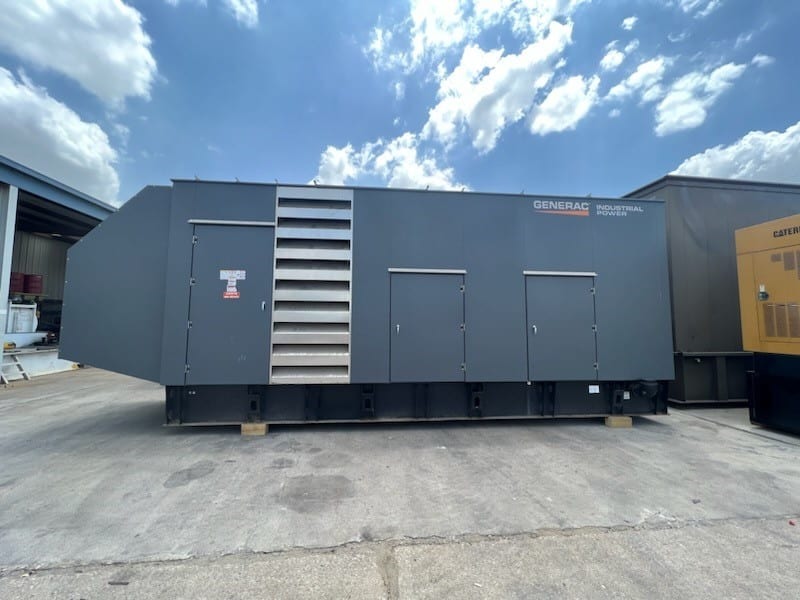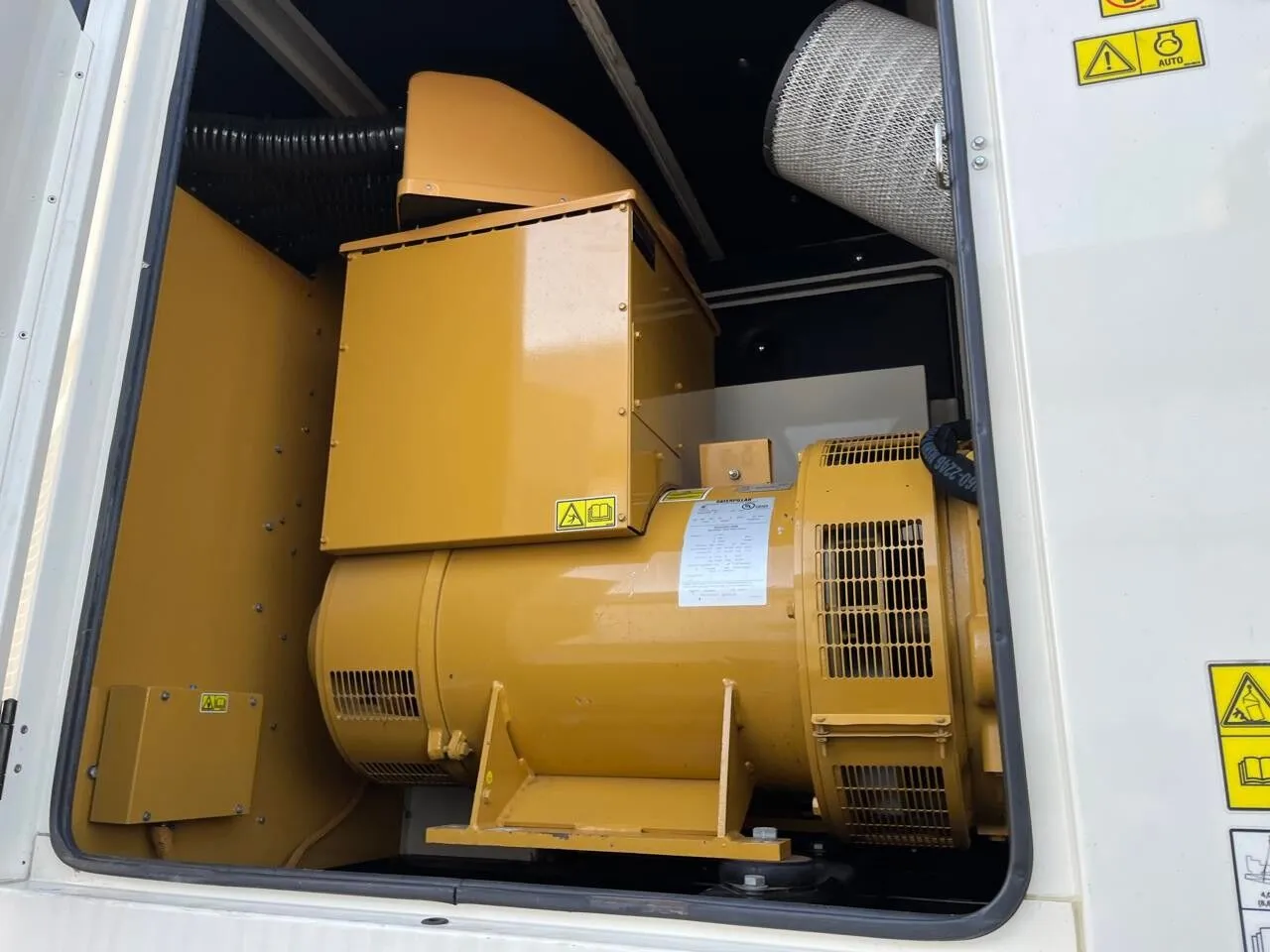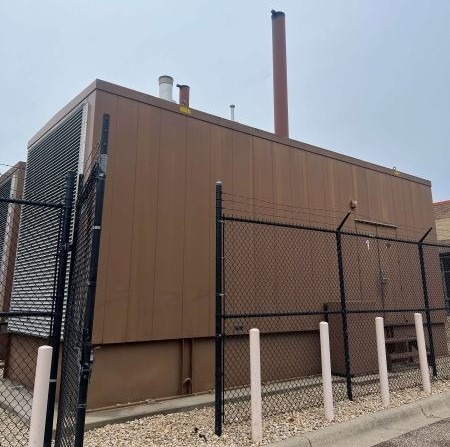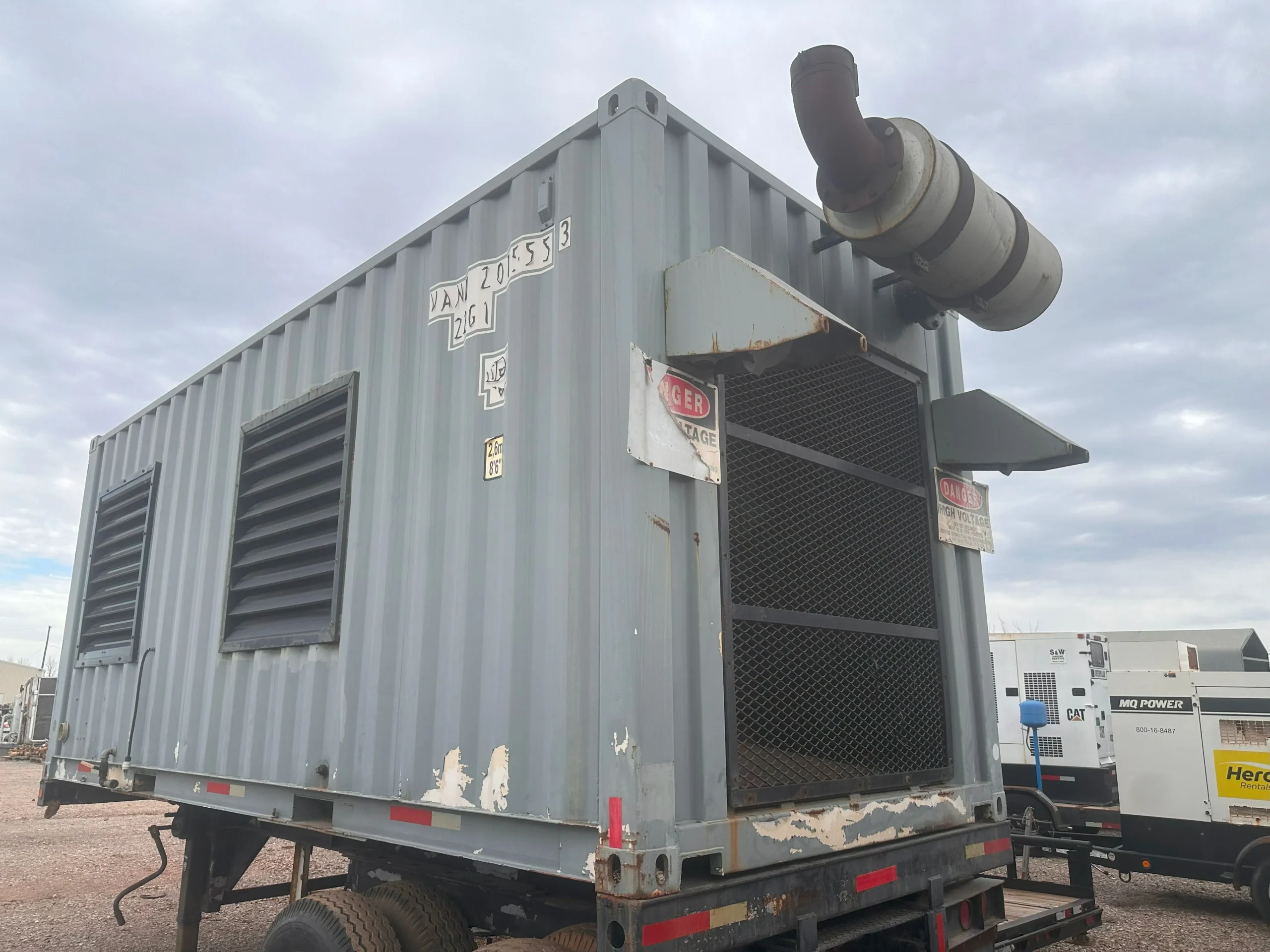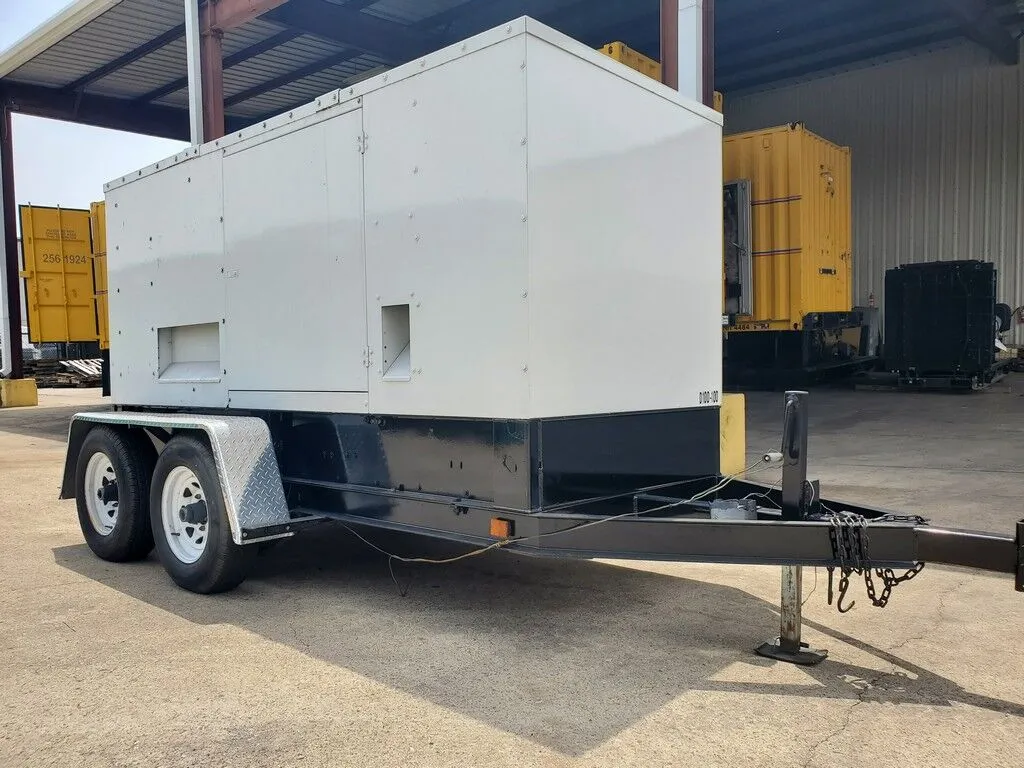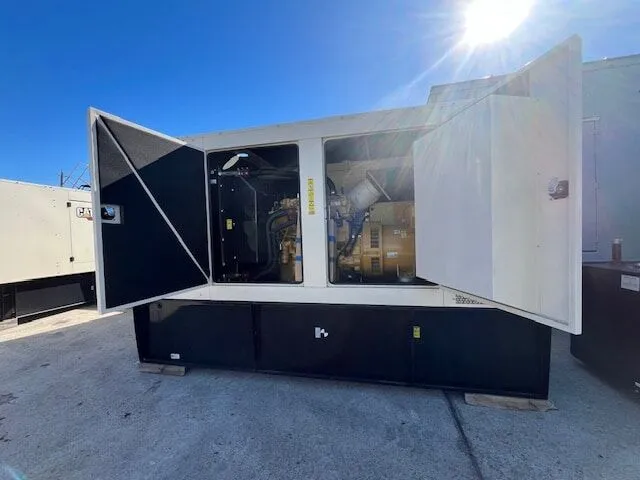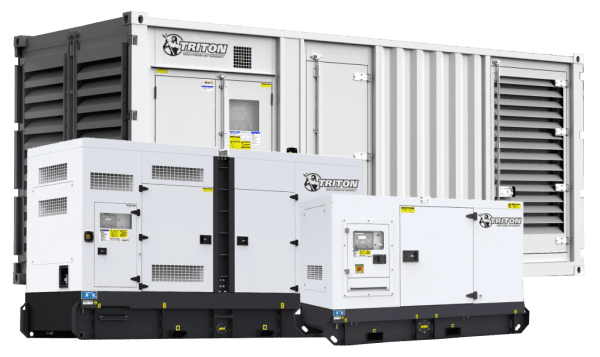Sizing a Generator : How to Determine the Right Size for Your Needs
Choosing the right generator is a critical decision that impacts performance, reliability, and longevity. Whether you're looking for a prime power or standby generator, selecting an undersized unit can lead to system failures, equipment damage, and inefficiencies. Conversely, an oversized generator can lead to unnecessary costs. Understanding your power requirements is essential to making an informed decision.
